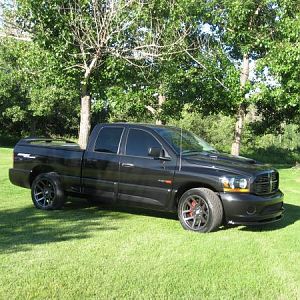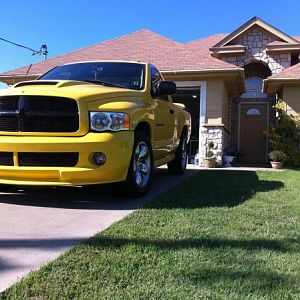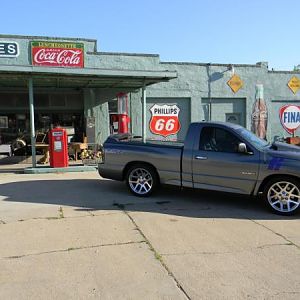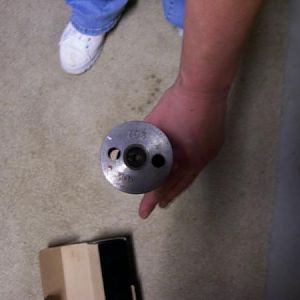I own a dyno shop and we get this kind of thing all the time. It appears that you are quoting an increase or a decrease in “peak” power. That really doesn’t tell you if there is a usable performance increase/decrease or not. A CAI may or may not help performance in a particular rpm range. In other words, you could lose a few peak horsepower and still have improved performance. You have to look at the entire power curve. Where exactly are the increases and decreases? What are you using the vehicle for? What is the optimum rpm range for that usage, i.e. 1/4 mile drag racing, 1/8 mile drag racing, road racing, top speed, street cruisin’, etc. Is there more power in that particular range? That’s where you need to focus your attention. Also, does power come on earlier and/or stay on later? For example, if torque comes on stronger at an earlier rpm, flattening out along the entire rpm range it could indicate more usable power and increased performance even though it may not peak quite as high overall.
Measuring the actual affect of a CAI on a stationary vehicle is difficult at best. Also, CAI intakes may or may not show any measurable increase in power but they may help you more consistantly maintain power on a warmer day than the stock intake or they might increase the intake volume of air when actually moving down the road. There may even not be much increase on a stock or near stock engine because the engine might not be set up to do anything with the increased flow. A CAI will do little good if the air is bottlenecking somewhere else in the system such as the valves or the exhaust manifolds. The benefits might be felt later as more modifications are added and the engine can actually use the extra air.
There are so many variables that you can’t just make a blanket statement that says it lost X amount of horsepower on a dyno so, therefore, the performance is down. Still the best way to measure the benefits of a CAI is to run it at the track over a long period of time keeping detailed logs of ets, temps and track conditions.





